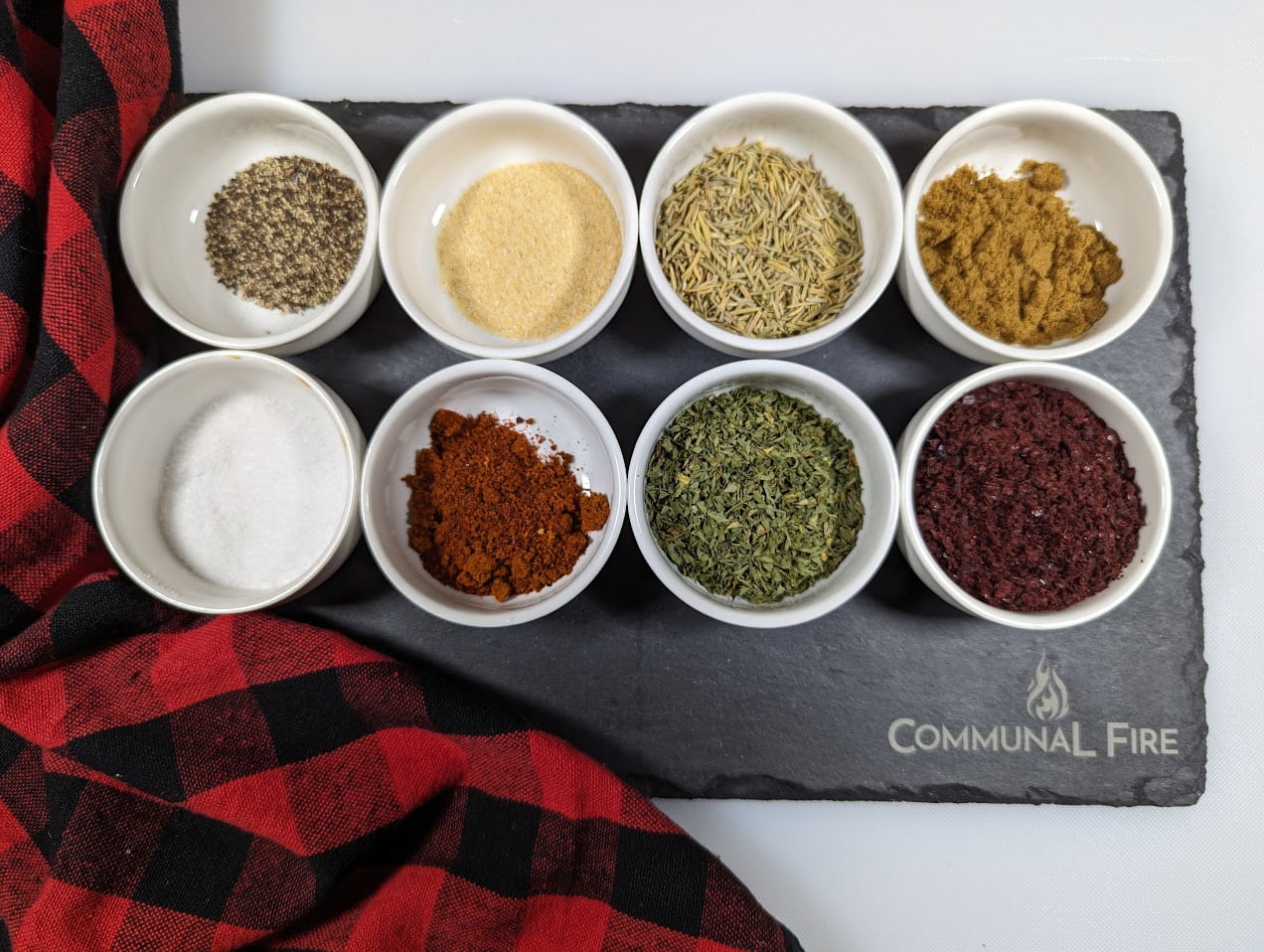
Note: All Communal Fire spice recipes are developed using weights. We do this when we are designing seasoning blends to ensure that our clients and blog readers are able to get as close to a specific recipe as possible. It also allows you to use whatever you have on hand. 5 grams of coriander ground is the same amount of 5 grams of coriander whole.
If you’re a food enthusiast looking to add a unique and flavorful twist to your dishes, look no further than sumac. This vibrant, tangy spice is a culinary gem that has been cherished for centuries, and it’s the star ingredient in our new Sumac Spice Blend. Whether you’re grilling meats, seasoning salads, or creating delectable chicken dishes, this rub will elevate your cooking to new heights. Let’s dive into the rich history of sumac, explore its origins, and discover how indigenous people of North America have utilized this remarkable plant.
A Glimpse into Sumac’s History
Sumac has been a staple in Middle Eastern and Mediterranean cuisine for thousands of years. Its name is derived from the Aramaic word “summaq,” meaning “dark red,” which perfectly describes the deep, ruby-red berries from which the spice is made. Historically, sumac was highly valued not only for its culinary uses but also for its medicinal properties. Ancient Romans and Greeks used sumac to impart a tangy flavor to their dishes and to treat various ailments, including digestive issues and sore throats.
The sumac bush, belonging to the genus Rhus, is a hardy plant that thrives in subtropical and temperate regions around the world. The berries are harvested, dried, and ground into a coarse powder, which is then used as a spice. The most common variety used in cooking is Rhus coriaria, which grows abundantly in the Mediterranean region.
Sumac and Indigenous North American Culture
Interestingly, sumac also holds a significant place in the cultural and culinary practices of indigenous people in North America. The variety most commonly used is Rhus glabra, known as smooth sumac. Native American tribes utilized sumac in numerous ways, from food and medicine to crafting materials.
One of the traditional uses of sumac by indigenous people was to make a refreshing drink. By soaking the red berries in water and then straining the liquid, they created a tart, vitamin C-rich beverage that was both nutritious and hydrating. Sumac was also used as a seasoning for meats and vegetables, much like it is today.
Medicinally, indigenous tribes recognized the healing properties of sumac. They used various parts of the plant to treat ailments such as sore throats, digestive issues, and skin conditions. The leaves and bark were often boiled to make poultices or infusions, showcasing the plant’s versatility beyond the culinary realm.
Introducing Our Sumac Spice Blend: A Flavor Explosion
Our Sumac Spice Blend is a carefully crafted blend of sumac, parsley, onion, rosemary, cumin, salt, pepper, and ancho pepper. This unique combination of ingredients creates a complex flavor profile that enhances a variety of dishes. Here’s how you can use it:
- On Meats: The Sumac Spice Blend is perfect for seasoning chicken, beef, lamb, or pork. Its tangy, slightly citrusy flavor complements the savory notes of the meat, making it ideal for grilling, roasting, or pan-searing. For chicken, in particular, the spice blend creates a beautifully caramelized crust that is both flavorful and visually appealing.
- In Salads: Sprinkle the Sumac Spice Blend over fresh salads to add a burst of flavor. The sumac’s tanginess pairs wonderfully with the freshness of vegetables and the creaminess of dressings, creating a balanced and delightful salad.
- Sandwiches and Wraps: Use the cooked, sumac-rubbed meats as a filling for sandwiches and wraps. The robust flavor of the meat, combined with the tangy kick of sumac, creates a satisfying and delicious meal. Add some fresh vegetables and a drizzle of yogurt sauce for an extra layer of flavor.
- Whole Meals: The versatility of the Sumac Spice Blend allows you to create complete meals with ease. Season your main protein, pair it with a side of roasted vegetables or grains, and enjoy a well-rounded, flavorful dish that is sure to impress.
Sumac is more than just a spice; it’s a link to ancient culinary traditions and a testament to the ingenuity of indigenous cultures. Our Sumac Spice Blend brings together this rich history and versatile flavor profile to enhance your cooking in myriad ways. Whether you’re preparing a casual family dinner or a gourmet meal, this rub is your ticket to a culinary adventure. Embrace the tangy zest of sumac and let your taste buds embark on a journey through time and flavor.

CAUTION: The poison sumac tree is scientifically known as Toxicodendron vernix. Unlike the culinary sumac, poison sumac contains a toxic resin called urushiol, which can cause severe skin irritation. It is important to distinguish between the two, as they belong to different genera and have vastly different properties and uses.
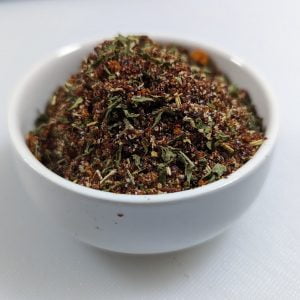
Sumac Spice Blend
Equipment
- Spice jar
- Bowl
- Scale
Ingredients
- 24 g Sumac
- 8 g Kosher salt
- 5 g Rosemary, ground we grind the rosemary in a mortar
- 4 g Cumin, ground
- 4 g Onion powder, or granulated
- 4 g Ancho, powdered or another dried chili
- 2 g Black pepper, course
- 2 g Parsley
Instructions
- Weigh out all of the ingredients into a bowl and blend well.
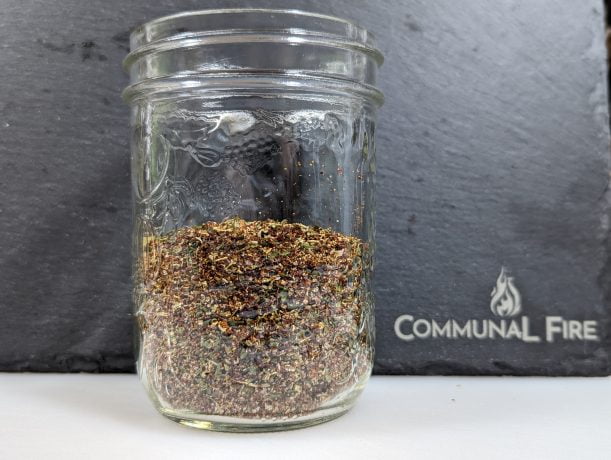
How to use?
- This rub / spice blend has wonderful citrus notes from the sumac with the earthy / woodsy undertones accomplished by the rosemary, and powdered ancho. This works particularly well when you use it with chicken breasts and fry it up on the stove.
Stove Top
- Heat a high walled pan to medium, once heated put a 30ml of your favourite cooking oil into the pan. Make sure your chicken has been out of the fridge for at least 30 minutes. We tend to cut our chickens breasts in half (height) so they can cook faster without drying out. With the chicken in a bowl drizzle a little oil over the top and make sure each breast is coated. We use about 7g (15ml or 1tbps) for each half breast. Mix it together well, put into heated pan and allow to get to 71c (160f) internal temperature.
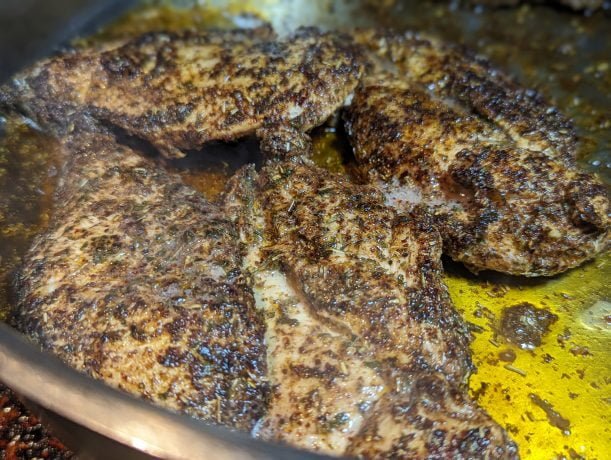
Smoker or BBQ
- Place chicken in bowl, let come to room temperature for 30 minutes. Once at temp drizzle a little oil over the chicken and make sure each piece is coated. Then put in 7g (15ml or 1tbps) for each breast and coat well. Cook until internal temp is equal to 71c (160f).



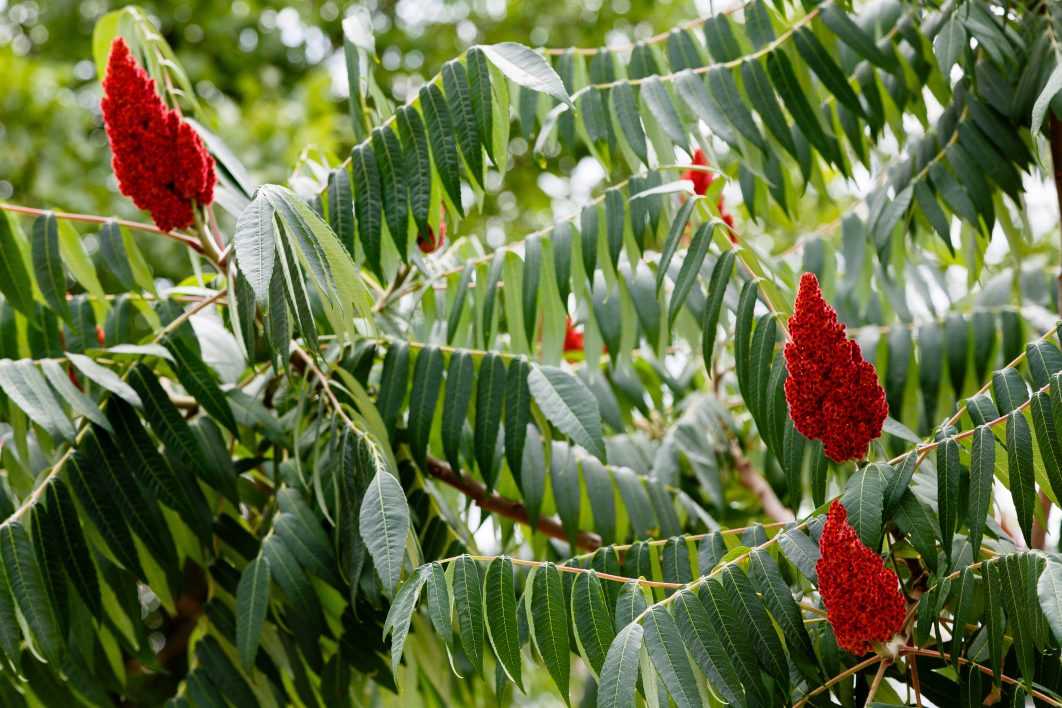
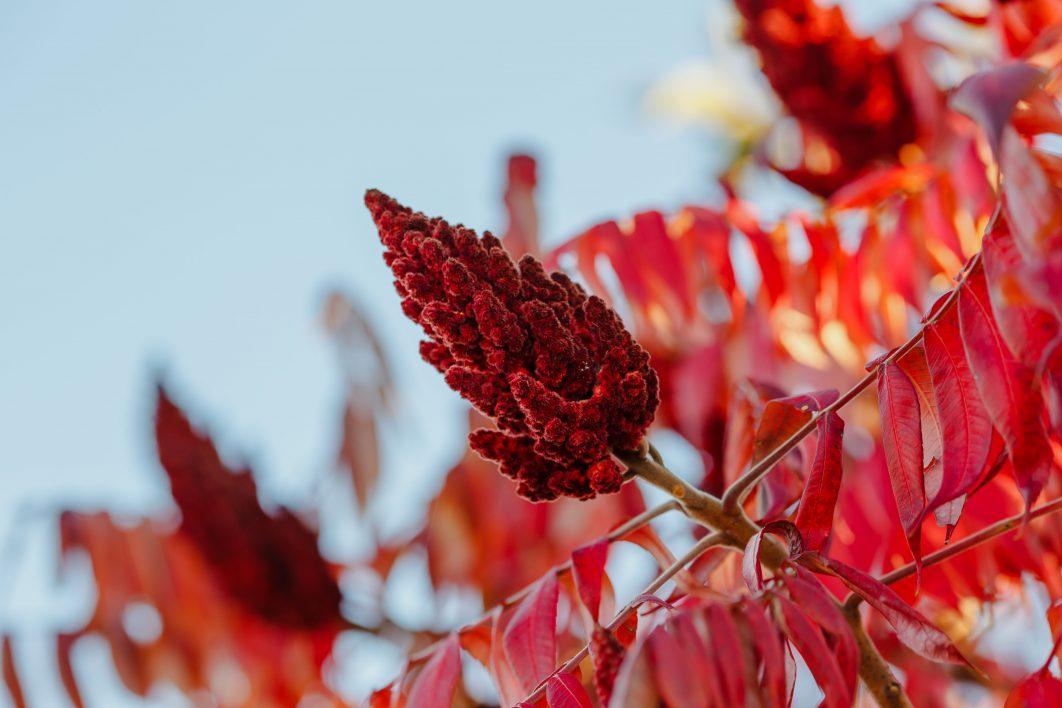
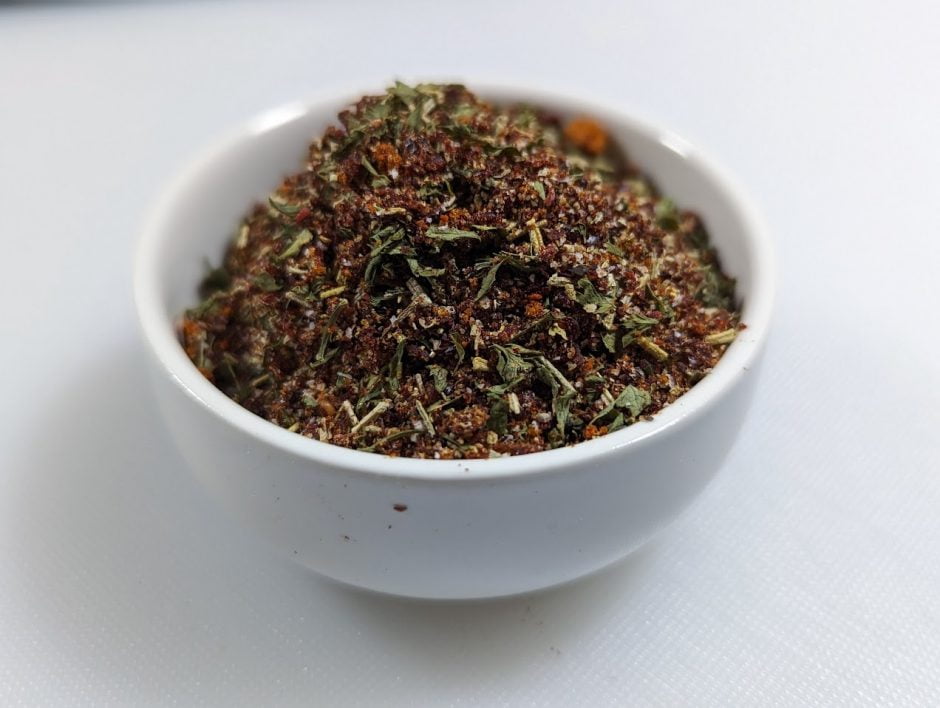



Perfect balance. I did go with the added garlic, about 3g. Used on chicken legs, but can also see it shine on lamb, pork and maybe duck breast would be awesome as well! Highly recommend.
Delicious! I never had sumac spice before but now I love it. This blend is great. I used it on chicken, scrambled eggs and sautéed veggies so far. Love it!